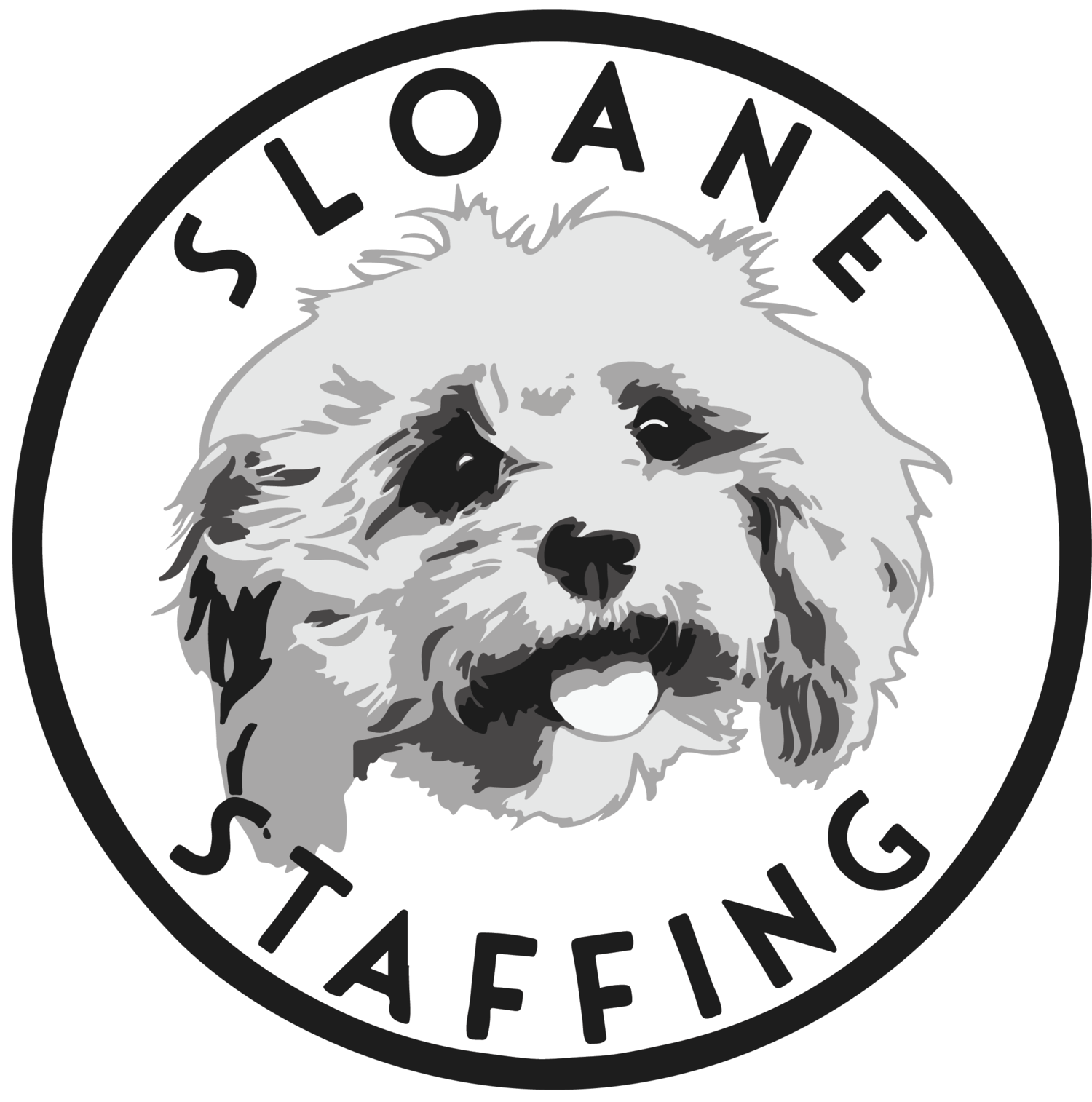What Is The Difference Between A SDR And A BDR?
The face-paced world of sales contains professional subtleties that those outside of the industry may not see - one of the most important ones is the fine line between SDR and BDR.
To the uninitiated, the difference between BDR and SDR can seem negligible. BDR, or Business Development Representative, and SDR, or Sales Development Representative are, on the face of it, seemingly two sides of the same coin: that of qualifying sales leads.
However, deep a little deeper and you find two contrasting forms of Sales that draw a completely different set of expectations from both customer and worker.
It’s also a vital differential when it comes to drawing a developing sales talent. The high-pressure world of sales can be a meat grinder for those who don’t know what to expect, and qualifying a sales role as SDR or BDR is an essential part of setting the right expectations for your sales staff who drive the business onwards.
SDR definition
Sales Development Representative is the job title for a junior or mid-weight sales employee who specifically works in inbound sales. They are the customer or client handler on the phone answering customer queries, reacting or monitoring complaints, and escalating or transferring customers to other departments in the company and through the sales pipeline.
BDR definition
A Business Development Representative works exclusively on outbound sales, proactively reaching into the customer or client market seeking sales, developing relationships with new customers, and promoting your service or product through active marketing, sales, networking, and pipeline management.
How do they work together?
SDR’s and BDR’s work to the same end - the generation and qualification of new or existing customers, and to increase revenue.
There is an affinity between each sales sector, and both SDRs and BDR’s have to work in tandem, but there is a very wide frame of reference and practice in how each part helps the whole.
In essence, sales tteams are qualifying leads into revenue, but the motive, purpose, value judgments, and method can vary from industry to industry, even company to company within the same sector.
For example: consider any form of insurance you have. How did you, as a customer, qualify this company and trust them enough to do business with them? Did they contact you via telesales (BDR)? Was it a remarketing effort through an affiliate company you already have insurance with (SDR)? Was it you searching on google and choosing the top-ranked choice (again SDR)?
In some sectors, BDR’s are considered “cold” outreach, and SDR’s “warm”, but even this is too linear and unspecific. Most companies with a dedicated sales team or department will differentiate around their product, sales funnel, marketing outreach, and sales pitch to find the perfect balance of outbound and inbound sales management.
Commonality lies within how each sector compliments the other, converts customers, and adheres to strict marketing messages and service promises. BDR’s have to intimately understand how new customers convert into revenue via SDRs and specific closers in the marketing funnel and e-commerce, and vice versa. They have to essentially be speaking the same language from very different scripts.
Is working in BDR/SDR a good career path?
BDR’s and SDRs are hard-working, goal-oriented, natural people-pleasers but the nature of the two roles will to a degree define who works better in which format.
BDR’s - typically gregarious salespeople, resilient and target-driven.
The natural development of this role moves staff members into the following roles: Business Development Manager, VP Business Development, Corporate Sales Executive, Sales Managers, B2B Sales Manager, Sales Director, Strategic Partnerships Manager
SDR’s - less “aggressive” but no less target-driven salespeople, devoted to more holistic methods of sales such as SEO, marketing management, and “soft sales”.
Development within this role leads to jobs like Sales and Marketing Executive, Marketing Manager, Sales Director, Marketing Manager.

